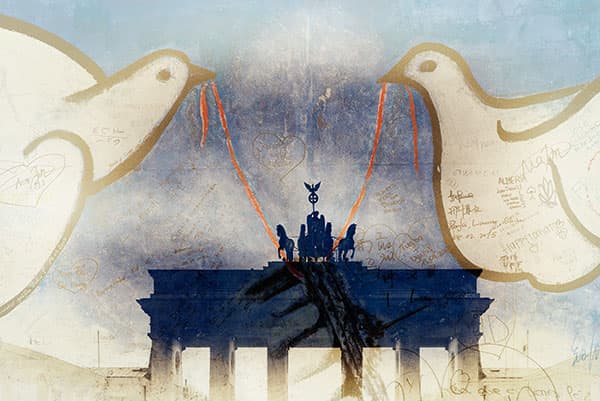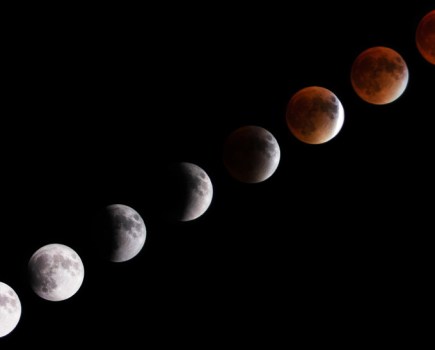Are you constantly in search of the photographic equivalent of a musical ‘top 10’ hit? Is your ideal portfolio a collection of greatest hits – images of iconic subjects taken in absolutely stunning light? Most photographers I know (and I include myself in this) love to pursue those one-off photographs, where the viewer’s reaction is, ‘Wow! What an amazing image’.
There is no denying that it’s good to have those high-impact photographs in our collection. And in the 21st century the internet encourages the instant-hit approach to photography, as social media and photo-sharing sites such as Flickr and Facebook reward images with recognition from our friends and followers. But the sheer number of photographs posted on the internet means they are judged quickly and either ‘liked’ or passed over after a cursory glance. This is hardly a reliable barometer of the true value of any image, and particularly those photographs that require study, consideration and reflection.
If all we aim for is to maximise our ‘likes’ and produce a compilation of hit singles, then we are limiting our photographic endeavours and denying the full potential of photography as a means of communication. Why? First, the result is likely to be a collection of possibly excellent but almost certainly unconnected, disparate images. Second, the quest for ‘greatest hits’ can lead to frustration and disappointment because by definition they are not that commonplace. It was Ansel Adams who said, ‘12 significant photographs in any one year is a good crop’. And third, photography is more than simply the pursuit of a top 10 hit. For example, it’s an incredible medium for storytelling, where the whole is greater than the sum of the parts. To continue the musical analogy, instead of a three-minute pop song think of a concept album or a symphony.
For more photography inspiration, have a read of this photography exercise regime – or explore our technique section for new ideas.
Long-term impact

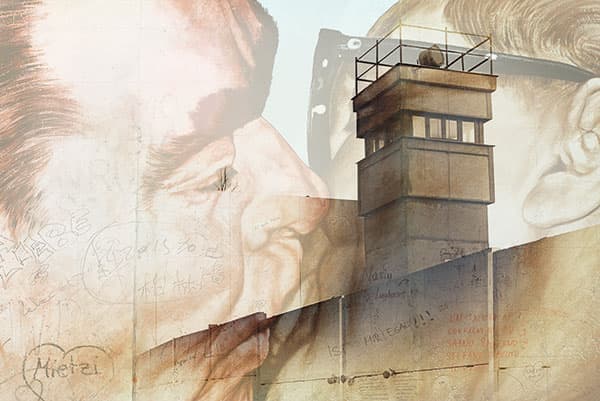
Berlin Past and Present: Each image was taken in Berlin and then merged in photoshop with an image of a mural or a small section of a mural.
That is why I am a great advocate of the photographic project – the in-depth exploration of a theme, idea or concept to produce a body of work that has integrity, coherence and therefore potentially a longer-term impact than a single, one-off photograph.
Working on a project can encourage us to look beyond the obvious images to explore our subject more fully, and think laterally and creatively about how we can photograph it in unique ways. I can say from personal experience that this process also aids our development as photographic artists.
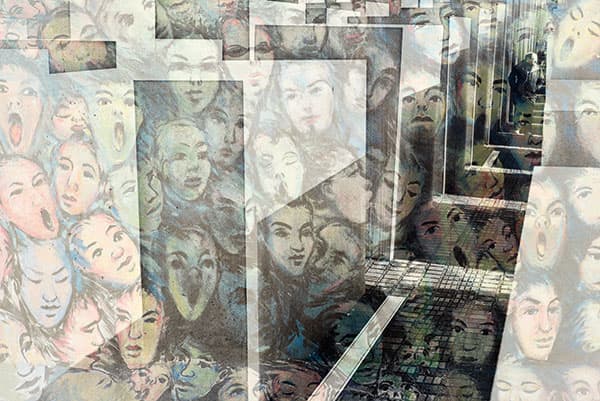

The combinations are matched to reflect Berlin’s past.
It helps us to develop our own style and vision. A sustainable project should ideally be based on our interests and passions – the things that excite us – and as a result we are more likely to shoot from the heart. Furthermore, by exploring our personal ideas about a subject or theme in depth, we are more likely to produce photographs that reflect our unique view of the world. The first shots we take are perhaps replicas of others we have seen, but to pursue a project to completion usually requires us to explore beyond that – like peeling off the layers of an onion.
Response to a subject
A technique that helps with this process (and one I regularly suggest to my workshop participants) is to come up with one, two or three words that sum up their response to a subject (it could be a location, for example) and then consider the various ways they can represent those words visually via a photograph. This can form the basis of a project. It’s an approach I use when I’m visiting a much-photographed location – it helps me produce my personal response to it, rather than fall into the trap of repeating the iconic but all-too-familiar images. Sometimes this leads to long-term projects I revisit over a period of years; other times they last only for the duration of one trip.
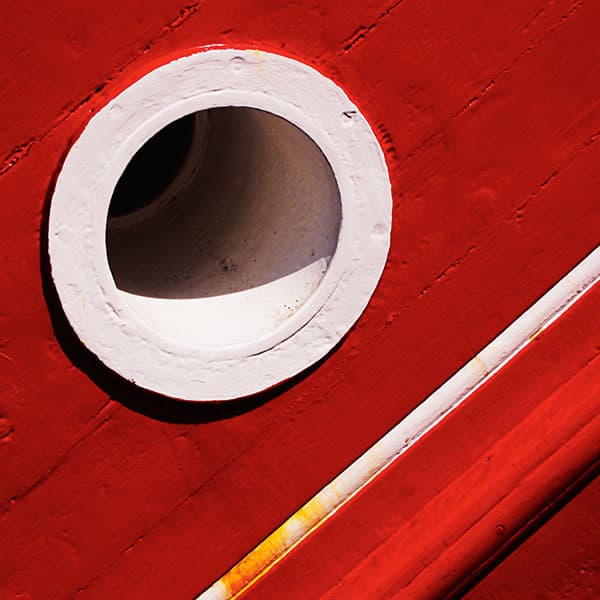

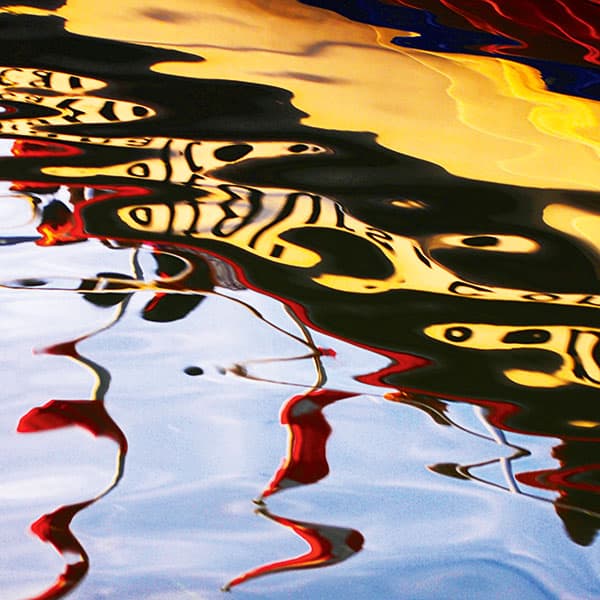

Colourful, colourful Copenhagen: A selection of images I took on a long weekend in the Danish capital
For example, on my first visit to Copenhagen in Denmark I was struck by how colourful a city it is (see above). I decided that would be my project for the few days I was there, so I concentrated on producing colourful, abstract images that captured my response to that place at that point in time. I was only there for a long weekend, but produced a set of 12 photographs I was satisfied with; as a series they will always represent Copenhagen to me.
Practice and experimentation
The projects we choose don’t have to be focused on deep, meaningful, life-changing topics. Even relatively simple subjects can form the basis of a project. The important thing is that they interest us enough to take the time and encourage us to practise our techniques. Through practice and experimentation, we can refine our skills and develop our photographic voice.
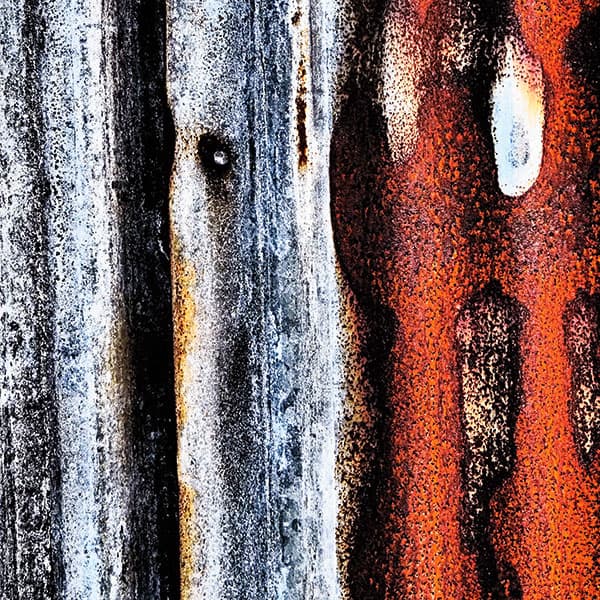

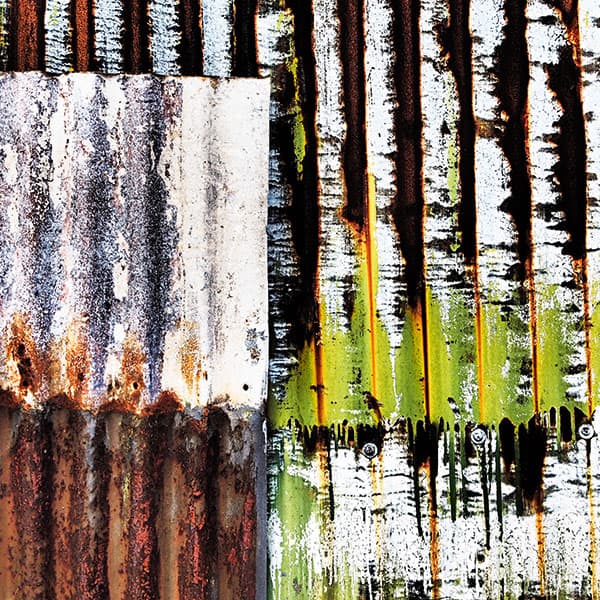

Rust and Rivets: A series of images taken of the poutside of a workman’s shed in Portree, Isle of Skye, concentrating on colourful close-ups of paint, rust and rivets.
A project can also provide us with much-needed motivation. We all find ourselves in an artistic rut from time to time – it’s an inevitable part of the creative process. Working on a project can provide the impetus to keep photographing, to develop fresh approaches, and re-energise and rejuvenate our photography.
Working on projects offers a more contemplative approach to photography when compared with the frenetic hunt for a ‘greatest hit’. While these are always satisfying to produce, it tends to be the project-based images I take that give me the most pleasure and resonate over a longer period of time.
Photography projects: Ideas
Once you start to consider the potential topics or themes that might make the basis for a sustainable project, you’ll soon find that the list is endless. To narrow it down, start with your passions and interests, as this will help inform and shape your photographic approach, while it is also more likely to provide you with the inspiration and enthusiasm you’ll need to carry the project through.
It’s good to keep a notebook of ideas. This could be in the form of a scrapbook (with concepts torn from the pages of magazines or newspapers, for example), or my preferred approach is to keep notes on my iPhone as it’s always with me, so I can jot down an idea as and when it occurs to me.
If you’re still struggling for inspiration to get your photo project off the ground, then here are five ideas to get you motivated.
1. Take one photograph a day/a week/a month

This concept has become popular in recent years; it forces you to get out with your camera and shoot each day. While projects with a time element like this do impose a certain discipline, they can be extremely demanding, so be prepared to put in the work.
2. A year in the life of…

This project could be as simple as photographing your pet cat or dog, your street, the local woodland or park, your child or your local football team. The main thing is photographing someone you have regular contact with, or something you have easy and regular access to.
3. Graphic abstracts
Choose a subject and photograph it with an emphasis on its graphic/abstract nature. It could be a specific colour, number or letter, street furniture, road sign, items in your kitchen or garden shed. The great advantage of this project is that you don’t have to go far to find a subject.

4. Take inspiration from other art forms

Choose a piece of music, or a specific musician or band, whose work inspires you and try to represent the impact it has on you through a series of images. If the music moves you emotionally, all the better. It doesn’t have to be music, as sculpture and painters work well too.
5. Use a specific technique or a piece of equipment

This could be as simple as restricting yourself to one camera and one prime lens, or using a pinhole or toy camera. The subject matter isn’t crucial as it’s the imposition of the discipline that will help to develop your vision and extend your creativity.
Photography projects: Top tips
Be disciplined
Working on a project requires commitment and discipline. It’s easy to get distracted from the main goal of a project and go off on a tangent. Also, set aside physical time and mental space to dedicate to a project and protect these vigorously.
Don’t aim for perfection
Remember, the pursuit of perfection is only valuable if it doesn’t stop you from doing something. Taking a less-than-perfect photograph is better than taking none. Sometimes inferior images can be the source of valuable learning.
Go public
Commit yourself to your chosen project. Announce your intentions to your family and friends, or via the internet using your website, Facebook or Twitter. The externalisation of your intentions can help you stick at it when energy levels fall, or when work and family pressures have a detrimental effect on the pursuit of your project. The feedback you receive from others might provide the encouragement to help drive your project forward.
Challenge yourself
Strive for a balance between setting yourself a project that is challenging, but not so difficult that you become demoralised and disenchanted. If you pick a project that is too easy, you will run the risk of getting bored; overextend yourself and it won’t get finished.
Learn from your projects
A project shouldn’t end with the taking of the last photograph. It’s important to evaluate what worked, what didn’t work and, most importantly, why. Then try to extrapolate the lessons learned to the rest of your photographic endeavours.

